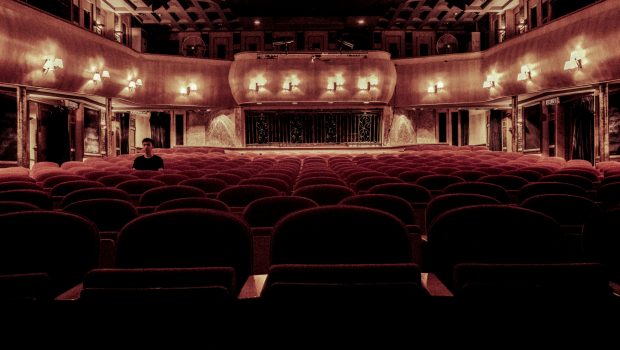Los Angeles, the City of Angels, is renowned not just for its glittering skyline and sprawling beaches, but also for its deep-rooted history in entertainment. This city has been the heart of the film and music industry for decades, and its historic venues are living testaments to the cultural and artistic journey that has unfolded here. From the roaring twenties to the digital age, each venue has a story to tell.
Let’s embark on a journey through some of LA’s most iconic and historic venues, uncovering the layers of history and the legacies left behind.
1. The Wiltern: A Beacon of Art Deco Elegance
Nestled at the corner of Wilshire Boulevard and Western Avenue, The Wiltern stands as a proud example of Art Deco architecture in Los Angeles. Opening its doors in the 1930s, it has since been a focal point of LA’s entertainment scene.
Known for its stunning turquoise terra-cotta exterior and lavish interior, The Wiltern has hosted a myriad of events from classic cinema screenings to memorable concerts by legendary artists. The significance of The Wiltern lies not just in its architectural beauty, but in its resilience and adaptability through various cultural shifts in Los Angeles.
2. The Hollywood Bowl: An Amphitheater of Stars
Since its inception in 1922, the Hollywood Bowl has been synonymous with musical excellence. This iconic amphitheater, nestled in the Hollywood Hills, has seen performances from virtually every major artist in the 20th and 21st centuries.
Its unique shell-shaped stage and open-air setting provide a mesmerizing experience, whether hosting symphony orchestras or rock concerts. The Bowl’s history is a reflection of the evolving music trends and cultural movements that have swept through Los Angeles over the years.
3. The Los Angeles Theater: A Glimpse of Golden Age Glamour
The Los Angeles Theatre, opened in 1931, is a stunning example of the grandeur of the Golden Age of Hollywood. With its opulent Baroque interior, complete with crystal chandeliers and gold leaf accents, it epitomizes the extravagance of the era. Originally a movie palace, this venue has screened countless classic films and hosted premieres, contributing significantly to the city’s cinematic legacy. Today, it stands as a beloved relic of a bygone era, still captivating visitors with its timeless elegance.
4. The Greek Theater: An Ode to Outdoor Performances
Opened in 1929, The Greek Theater is an outdoor venue inspired by ancient Greek amphitheaters. Nestled in Griffith Park, it offers a unique concert experience under the stars. This venue has a rich history of showcasing a diverse range of artists and events, reflecting the multicultural tapestry of Los Angeles. The Greek Theatre remains a favorite among both artists and audiences for its intimate setting and stunning natural backdrop.
5. The Palladium: A Landmark of Music History
The Hollywood Palladium, with its iconic neon marquee, has been a staple of the LA music scene since 1940. This venue has seen the evolution of music genres, from big band and jazz to rock and hip hop. It’s not just a concert venue; it’s a cultural hub that has witnessed some of the most pivotal moments in music history, mirroring the dynamic changes in the city’s cultural landscape.
Recap
Los Angeles is a city that breathes entertainment, and its historic venues are the pillars that uphold this legacy. Each venue, with its unique architecture and storied past, contributes to the rich tapestry of the city’s entertainment history.
From the elegant Art Deco halls of The Wiltern to the starlit stages of The Greek Theatre, these landmarks are not just physical structures; they are living memories of the cultural and artistic evolution that has shaped Los Angeles into the entertainment capital of the world. As we explore these historic venues, we not only walk through the annals of entertainment history but also celebrate the spirit of a city that continues to inspire and captivate.





